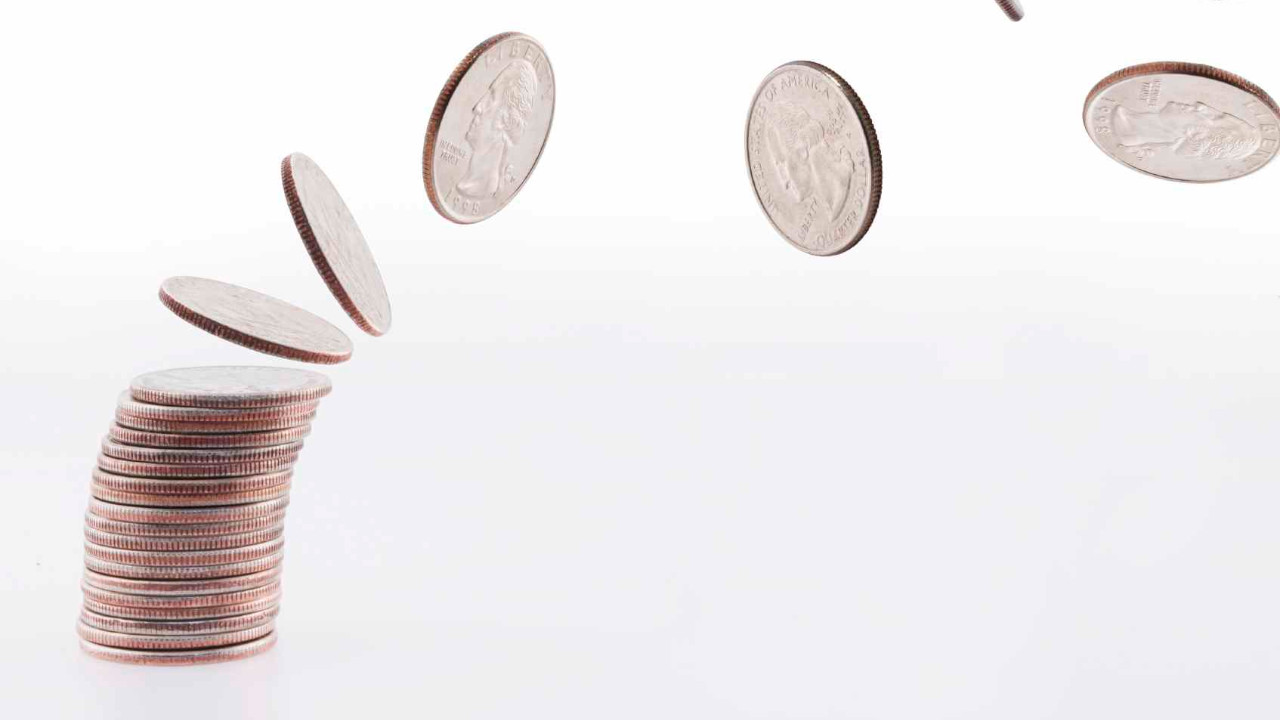In the ever-evolving hospitality industry, revenue management plays a crucial role in maximizing profitability and ensuring sustainable growth for hotels.
NB: This is an article from Atomize, one of our Expert Partners
By applying economic theory to this practice, hoteliers utilizing revenue management not only can optimize revenue generation, but also achieve economies of scale, earn market share, and foster long-term success.
Subscribe to our weekly newsletter and stay up to date
Along Charles Darwin’s theory – survival of the fittest – those who do not adapt will have a tough time to compete, and eventually perish. As part of operating in a market economy, one fundamental aspect of revenue management is setting competitive hotel rates.
This article aims to delve into the importance of using competitive hotel rates, relative to the hotel’s perceived brand value and product market position, in revenue management and explore how economic principles can guide this strategic decision-making process.
Understanding Competitive Hotel Rates
Competitive hotel rates refer to the prices set by a hotel that are designed to attract its preferred market segmented guests, while maintaining profitability. These rates are determined by considering a range of factors, such as location, market demand, current availability, competition, seasonality, customer preferences, and the hotel’s cost structure etc.
While it may be tempting to set higher rates to maximize short-term revenue, understanding the economic implications of pricing decisions is essential for long-term success. The same way goes for the temptation for setting too low rates in the hunt for occupancy or push for higher total revenue (TRevPAR) – it can however have devastating long-term undermining effects on a hotel’s brand positioning.
The Role of Supply and Demand
At the core of economic theory lies the relationship between supply and demand. The hospitality industry operates within this framework, where the demand for hotel accommodations fluctuates based on various factors, including travel patterns, events, and economic conditions. By analyzing demand patterns and adjusting rates accordingly, hotels can strike a balance between attracting guests and optimizing revenue.
Setting Competitive Rates for Occupancy Optimization
Optimizing occupancy, considering total available market demand, is a critical revenue management objective. To achieve this, hoteliers must carefully consider the price elasticity of demand. Price elasticity measures the responsiveness of demand to changes in price, relative to competition. In a price-sensitive market, a decrease in rates can lead to a significant increase in demand, resulting in higher occupancy and overall revenue. Conversely, in a price-inelastic market, lowering rates may not yield the same demand response. By understanding the price elasticity of demand, and its relationship to its competitors’ rates at any given time, hotels can strategically set competitive prices to optimize occupancy and revenue.





